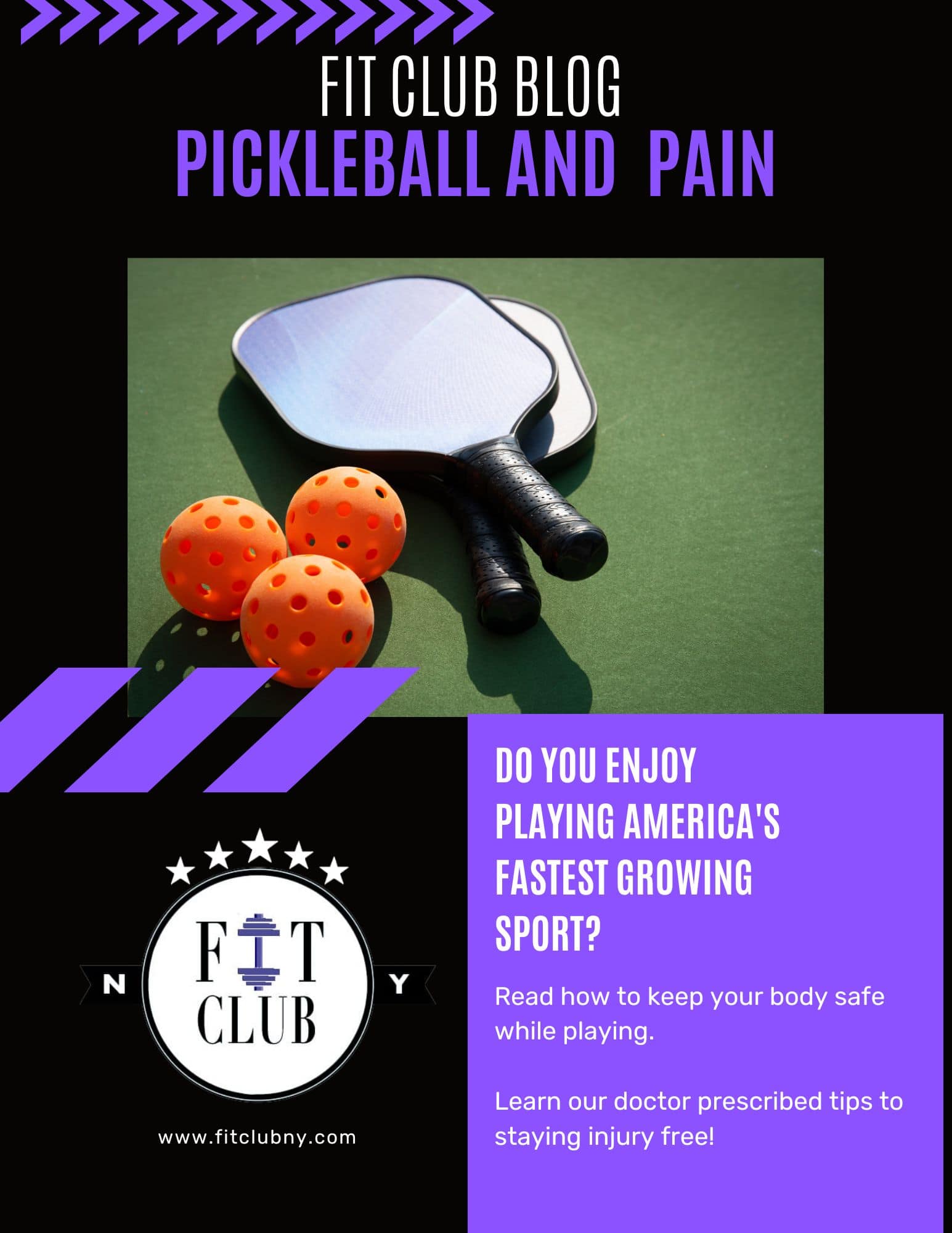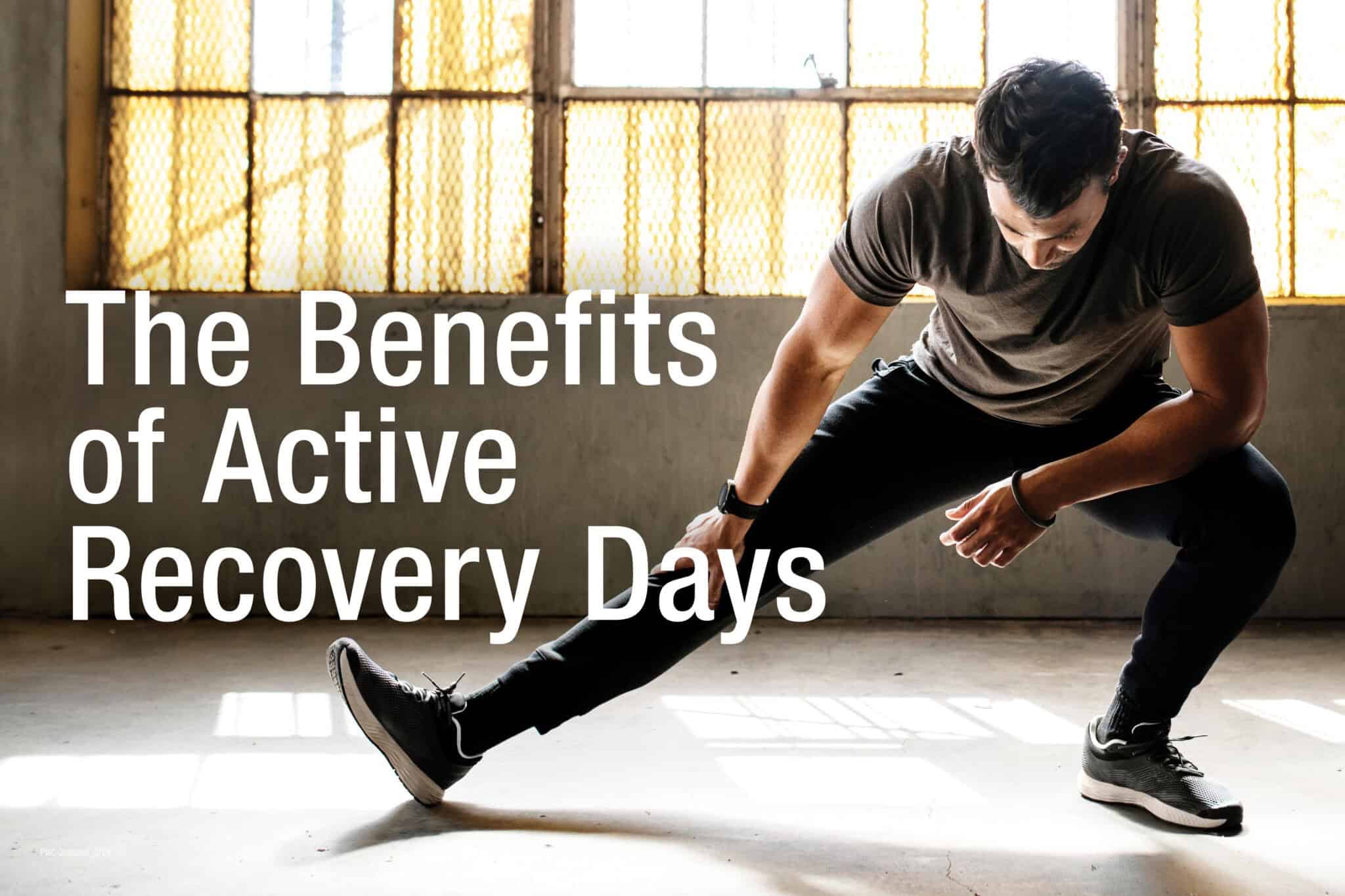The amount of runners hitting the streets during and following the COVID-19 pandemic has significantly increased. Running is a great form of free exercise and stress relief, but as more runners hit the pavement, unfortunately, they also increase their chance of pain and a running injury. Here, we’ll explain physical therapy for runners and present programs for running pain-free. You may not have a physical therapist as part of your race team, but you should! Physical therapists can help you develop a specific plan for your body and running form to reduce your risk for injury and keep you striding towards the finish line with limited pain. You shouldn’t be in 10/10 pain to seek treatment with physical therapy. We can help you avoid injury long before the pain occurs and reduces your ability to run.
What are common running injuries?
The common modalities of running and cardiovascular exercise can lead to pain in the legs, often due to an overload of forces to the joints. Runners subject their bodies to upwards of 6-8x their body weight each time they land; hence, strength training is a viable and proven method of strengthening runners’ muscles to attenuate the impact forces and further push the limits of pain-free running. Strengthening muscles around the hips, knees, and feet can help reduce knee pain, foot pain, and other running injuries. Common running-related injuries include:
Hip Bursitis
Stress Fractures
Plantar Fasciitis
Runner’s Knee
Achilles Tendinitis
What can a physical therapist do for me?
Your physical therapist should provide you with a strength-building program to go along with your rehab program. Incorporating specific exercises into your routine will improve your muscle function and reduce pain and discomfort. We can always relate it to (forces in) load vs. the load capacity when looking at running-related injuries.
To understand load vs. capacity and the factors behind each, we can imagine a balance scale where training load is on one end, and the body’s tissue load capacity is on the other. To reduce the risk for injury, the load must not exceed the capacity. Therefore, by becoming stronger through single-leg exercises/resistance training, we will favor capacity. However, we also need to manage the load after an injury by reducing running frequency/mileage because the tissue is irritated. This change isn’t permanent, but the body needs to reduce its physical activity to avoid further breakdown or injury. It is also important to note that poor sleep/nutrition and psychosocial factors like stress can also increase the load on the body.
Inefficient running form can also lead to diminished tissue capacity and pain. Overstriding, excessive vertical displacement, and poor alignment are all areas of focus for our team as we treat runners. These running inefficiencies can lead to shin splints, stress fractures, and the runner’s knee. We must look for areas of potential breakdown and address these areas with strength-building exercises and coordination training to help runners reach their long-term and short goals of running pain-free.
When should I see a physical therapist?
You should see a physical therapist if:
Your pain lasts longer than 48 hours
If there is redness or warmth with your pain
If your pain is over a 6/10
If you start to walk with a limp
At Fit Club, we provide our runners with specific exercises to address their pain and impairments. Manual therapy is also provided to speed up recovery and reduce your symptoms. We also teach our runners proper stretching techniques and ensure they have an active warm-up routine to properly fire up the muscles needed for their runs.
If you are interested in a running analysis to improve your running stride or decrease your hip pain, knee pain, or foot pain in general, email us or call us today.


